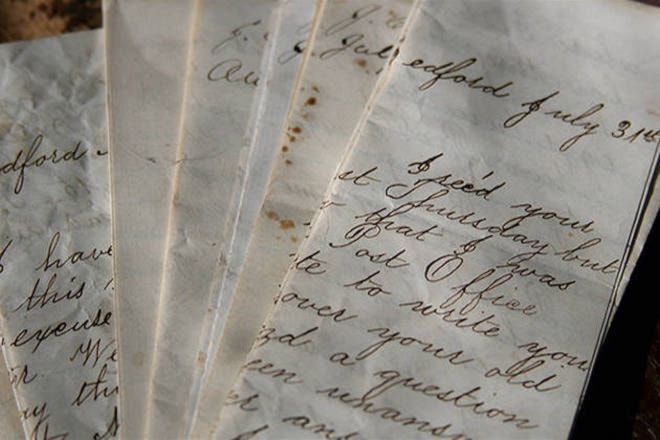Partnerships, education needed to improve river safety
The Citizen’s editorial, “It’s uncool to die”, (Friday, July 13), spoke correctly to the need for river recreationalists to wear lifejackets.
But the journalist, H.L. Mencken stated it best: “For every complex problem there is an answer that is clear, simple, and wrong.”
While well-intentioned, the Citizen’s editorial was superficial at best, and completely glossed over the need to identify and understand the complex and varied issues comprising river safety, and river hazards.
Simply wearing lifejackets would not have prevented the recent incident in which tubers on the Puntledge got pinned on a tree, a few days ago. Nor did lifejacket use, or lack thereof, have much to do with last summer’s near-fatality in which a tuber got pinned beneath a log on the Cowichan.
So, with Mencken’s quote in mind, let’s look at some notions about enhancing river safety. It’s a big job, and positive results can’t occur immediately. How long has it taken to convince folks to wear seat belts? Avoid drinking and driving? Reduce smoking?
Any effective campaign needs to include promotion, communication, education, enforcement, and — above all — partnerships among various agencies, governments, and interest groups. Why would river safety be any different?
There are three broad areas which need to be addressed, if we are to reduce serious incidents on our rivers. Let’s focus on the Cowichan, which leads the league in the number of tubers:
1. First and foremost, we need to clarify mandate. Whose job is it to oversee recreational use of our rivers, with a view to increasing safety? (Nobody’s, apparently!)
2. We need a strong promotional and educational campaign to increase users’ (read: tubers) knowledge of river hazards and river safety. This might involve live instruction, and should also include a wide media blitz, including online sources, and signage on the river.
3. We need a clear protocol for the timely identification of, and possible removal of, dangerous hazards such as river-wide logs, car bodies, and abandoned structural debris. (Nothing spoils your day like impaling your tube, or your leg, on a piece of rebar.)
Concerning mandate and implementation, here’s a thought: recently, the CVRD partnered with Cowichan Tribes, the Cowichan River Watershed Board, and Catalyst Paper, to initiate a much-needed, and well-researched, Cowichan Water Use Plan. (This plan is well worth supporting, by the way!)
Unfortunately, in the development of the draft Water Use Plan, the recreation sector was not included in the public advisory group. Had it been, river safety might have earned a place as a legitimate component of “river use”. Perhaps it’s not too late to add this topic to the plan.
One possible outcome might be the development of a task force to oversee safe recreational river use. Did I mention partnerships? Let’s invite Search & Rescue, park administrators, parks and recreation program agencies, police, schools, MPs, MLAs, muncipal councillors, riverfront property owners, journalists, commercial river-use suppliers, and whitewater paddlers.
Sure, rivers are hazardous — just like ski hills, mountain bike trails, and supermarket parking lots. But whitewater kayakers and canoeists paddle Island rivers, including the Cowichan, 12 months of the year, safely recognizing and mitigating hazards. This group’s record continually proves that knowledgeable practices are more than adequate to ensure safety and prevent fatalities on our rivers. That’s a fact.
And, as the title of your recent column stated, Madame Editor, “We must stick to facts.”
Rick Bryan
North Cowichan
